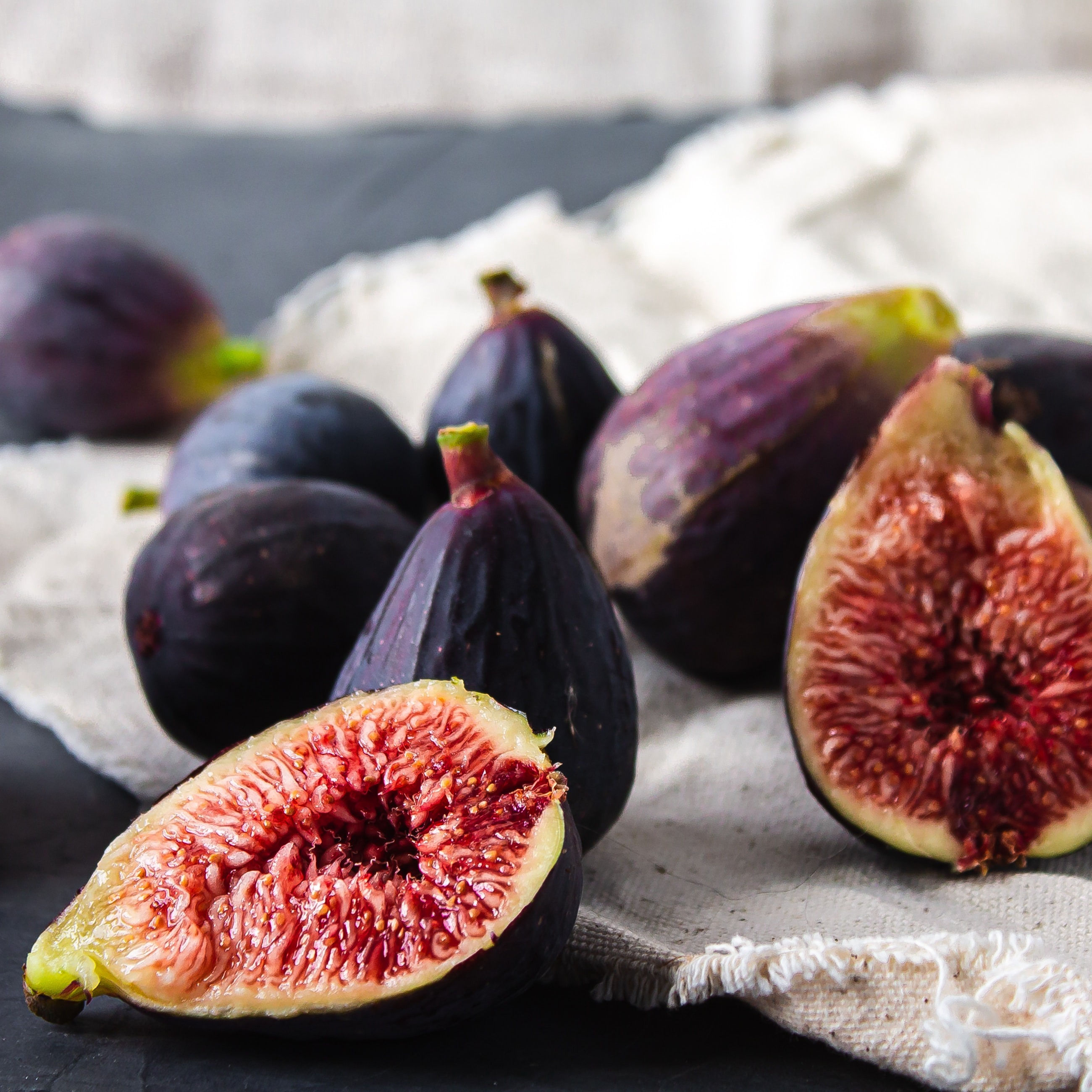
Introduction
Figs are delicious and unique fruits that can be successfully grown in the United Kingdom, particularly in milder regions. With their sweet, honey-like flavor and rich, luscious texture, figs are a wonderful addition to any garden. In this comprehensive guide, we will walk you through the process of growing figs, from selecting the right varieties to caring for your trees and harvesting their flavorful fruits. Let's get started!
Choosing the Right Variety
When it comes to figs, there are several varieties suitable for the UK climate. Here are some popular choices:
- 'Brown Turkey': A widely grown variety known for its sweet and juicy purple-brown fruits. It is relatively hardy and suitable for UK gardens.
- 'Celeste': A small-to-medium-sized variety that produces exceptionally sweet and flavorful figs. It is well-suited to UK growing conditions.
- 'Black Genoa': This variety yields large, black figs with a rich and sweet flavor. It requires a sheltered position in colder regions of the UK.
- 'White Marseilles': An excellent choice for those seeking white or green figs, this variety has a sweet and refreshing flavor. It requires a warm and sheltered spot in the UK.
Sowing and Planting
Figs are typically propagated from young trees rather than seeds. Follow these steps to plant your fig tree:
- Choose a suitable location: Figs thrive in sunny and sheltered spots in your garden. Select a position against a south-facing wall or in a greenhouse for added warmth.
- Prepare the soil: Figs prefer well-drained soil with a pH between 6 and 7. Amend the soil with organic matter if necessary.
- Dig the planting hole: Make a hole that is wide and deep enough to accommodate the root ball of the tree.
- Planting depth and spacing: Position the tree so that the root ball is level with or slightly above the soil surface. Space fig trees at least 10-15 feet apart to allow for adequate growth.
- Backfill the hole with soil, firming it gently around the roots. Water thoroughly.
Growing
To ensure healthy growth and a plentiful harvest of figs, consider the following tips:
- Sunlight: Figs need full sun to thrive, so choose a sunny location for your tree.
- Watering: Provide regular watering, especially during dry periods. Figs prefer consistently moist soil, but avoid overwatering to prevent root rot.
- Soil conditions: Figs prefer well-drained soil with a pH between 6 and 7. Ensure good drainage to prevent waterlogged conditions.
- Fertilizing: Apply a balanced fertilizer formulated for fruit trees in early spring and again in midsummer. Follow the recommended application rates provided by the manufacturer.
- Pruning: Prune fig trees during the dormant season to maintain shape, remove dead or diseased wood, and promote airflow.
- Pest control: Monitor your fig tree for common pests such as fig beetles or spider mites. Use organic or chemical controls as necessary.
Harvesting
The harvest time for figs varies depending on the variety and local climate. Here's how to know when they are ready to be picked:
- Color change: Ripe figs will change color. Brown or purple figs should have a deep, rich color, while green figs will turn pale green or yellow.
- Texture: Gently squeeze the figs. They should yield slightly and feel soft but not mushy.
- Taste test: Sample a fig or two to assess their flavor. Ripe figs should be sweet, juicy, and have a honey-like taste.
- Harvesting technique: Twist the fig gently, giving it a slight upward lift to detach it from the tree. Alternatively, use scissors or pruning shears to cut the fig, leaving a short stem attached.
Plant Care
Proper care is essential for the health and productivity of fig trees. Consider the following practices:
- Winter protection: In colder regions, protect young fig trees from frost and freezing temperatures by wrapping the trunk with burlap or using tree wraps. Apply a layer of mulch around the base of the tree to insulate the roots.
- Pruning: Prune fig trees during the dormant season to remove dead or crossing branches, maintain shape, and promote airflow.
Storing and Using
Once you've harvested your figs, here are some tips for storage and usage:
- Fresh use: Figs are best enjoyed fresh. Store them in the refrigerator and consume them within a few days for the best flavor.
- Preserving: If you have an abundance of figs, consider preserving them by making jams, chutneys, or dried figs. Figs can also be frozen for future use.
- Culinary uses: Figs are versatile and can be used in various sweet and savory dishes, including salads, desserts, and cheese pairings.
Common Problems
While growing figs, you may encounter some common issues:
- Fruit splitting: Rapid changes in watering or weather conditions can cause figs to split. Maintain consistent watering and provide shade during hot, sunny periods.
- Fig rust: This fungal disease can cause orange or brown spots on the leaves. Ensure good airflow around the tree and remove any affected foliage.
- Fig wasps: These tiny wasps are necessary for the pollination of certain fig varieties. Encourage their presence by avoiding the use of pesticides harmful to pollinators.
Conclusion
Growing figs in the United Kingdom offers a unique opportunity to enjoy the sweet and luscious fruits of this remarkable tree. By selecting the right varieties, providing proper care, and addressing common challenges, you can cultivate healthy fig trees that yield abundant harvests. Whether you savor them fresh, preserve them, or use them in various culinary creations, figs will bring a touch of Mediterranean delight to your garden and table. Happy fig growing!